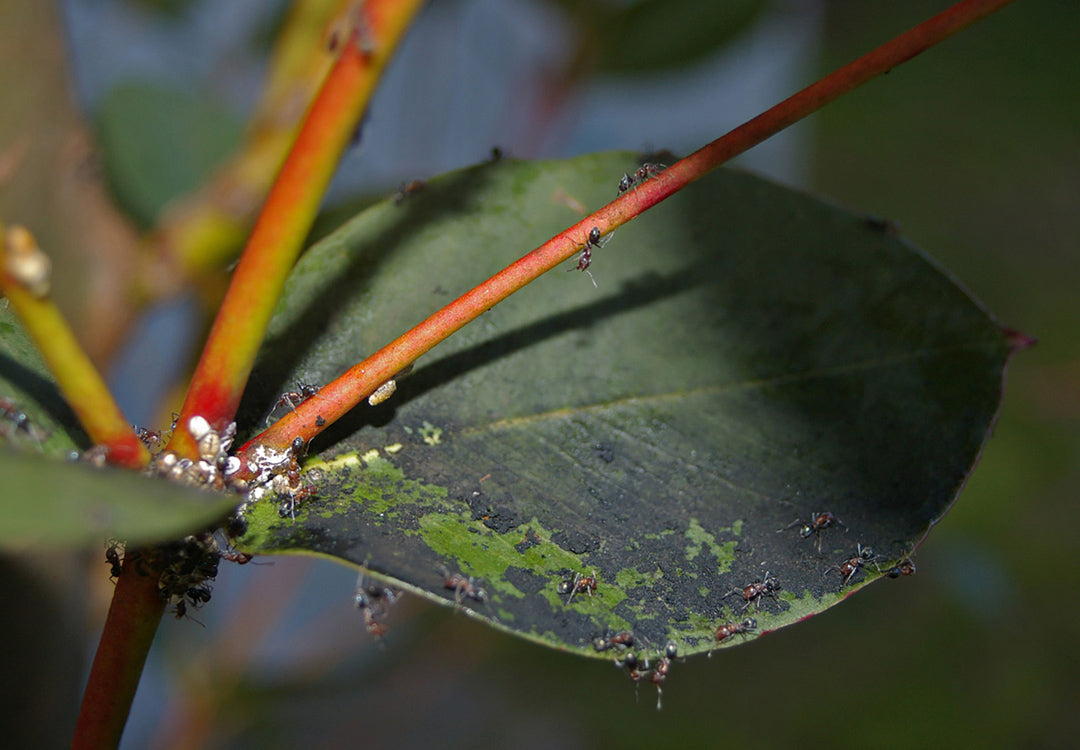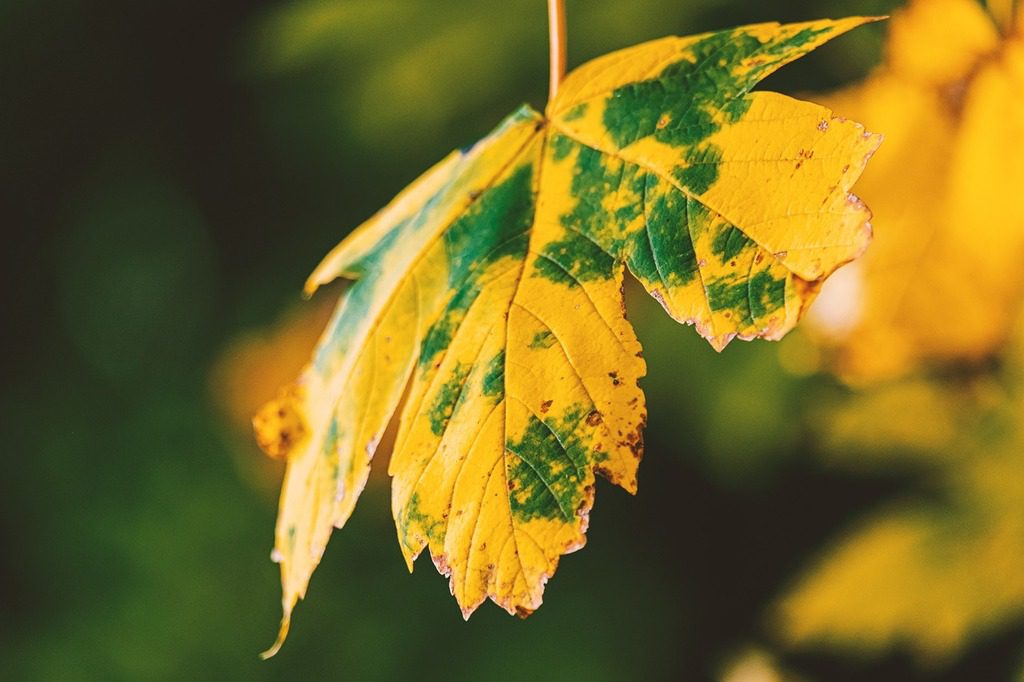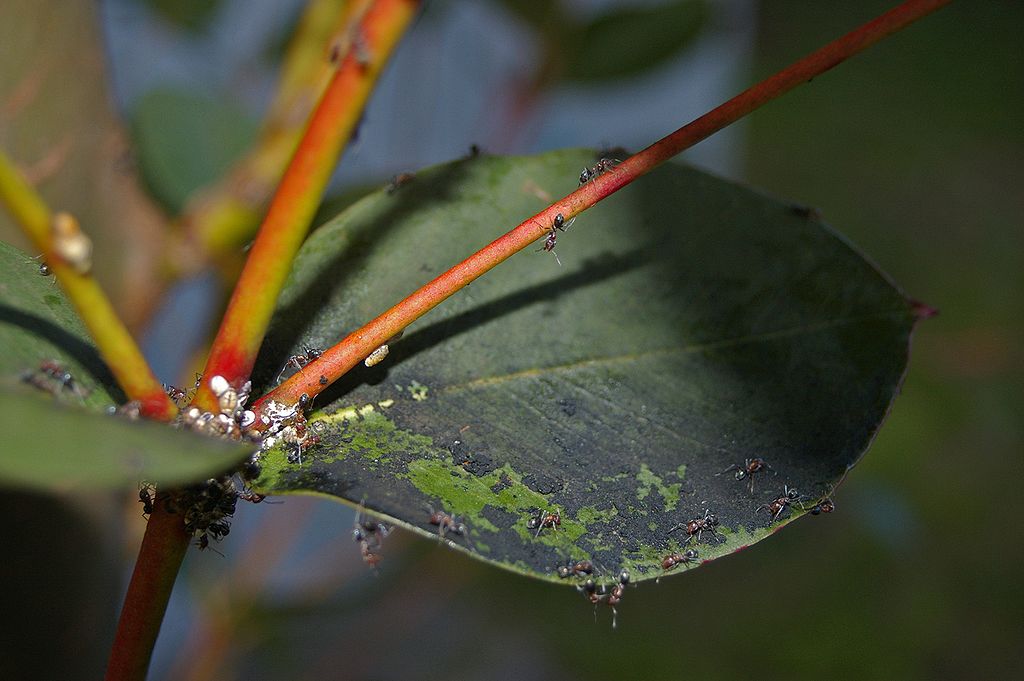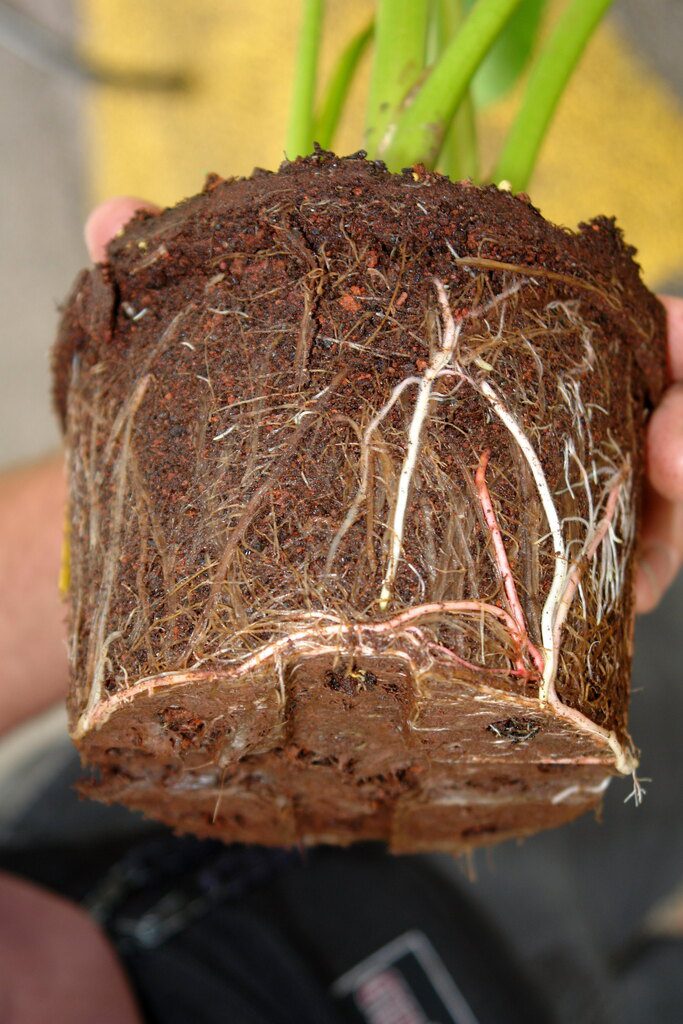
Plants get sick for all sorts of reasons. Before we run in like a bull at a gate with the first health treatment that comes to mind, we need to dig a bit deeper and figure out what’s actually happening to our plants if we have any hope of helping them.
All plant health problems can be broken into two categories: biotic and abiotic. Biotic problems are those associated with biological phenomena such as insects, animals, bacteria, virus, fungi, etc. Abiotic problems are those associated with any other factor than a biological one, including water, sunlight, soil, weather, temperature, fertiliser, chemicals, etc.
All plants have different needs and are susceptible to different problems. Researching the needs of your specific plant variety and common problems it’s likely to face will give you the upper hand in your approach. Unfortunately your problem may not be apparent easily through research, but still give it a try.
The signs we see may be a normal part of its life cycle, like the autumn leaves on deciduous trees such as maples and ornamental pears, or the destined deaths of annuals like marigolds. Alternatively, they may be signs of a pest or disease that needs to be eradicated for the plant to maintain its health, whether biotic or abiotic.

This maple leaf yellowing off in the winter is perfectly healthy. Image Source

Potassium-deficient soya plant leaves showing chlorosis (yellowing leaves). This plant requires fertiliser high in potassium. Image source
Here are 17 questions to ask to dig a bit deeper and build a bigger picture of what exactly is going on with our plants:
1. First of all, what is the identity the plant in question and what are its needs (have you planted the right tree in the right place)?
2. How much space do the roots have – are they boxed in, like in a pot or a heavy clay soil or are they free to spread?
3. Is it planted among many other plants or alone, and how do the plants around it look (especially those of the same species)?
4. Is it in bare soil or does it have ground cover like mulch or grass?
5. What is the soil like – is it well-draining or poor, alkaline or acidic? Compacted or hydrophobic? Does it have plenty of composted organic matter?
6. How much water does it receive? Too much or too little water can negatively affect plants.
7. How much sunlight does it receive?
8. What other landscape factors can you see that may be affecting the plant?
9. How do plants of the same species around the neighborhood look at this time of year?
10. Have you changed your spraying routine, or used pesticides/fungicides/herbicides in the last few months?
11. Has the plant been buried too deeply or are there any other obstructions of airflow around the stems and trunk such as piled grass clippings and matted hedge branches? (Many trees and shrubs should show a root flare at their base, like the leg of a pair of flared jeans)
12. How has the weather been lately (rainfall, hail, strong winds, humidity, heat etc.)?
13. Did you spray or water on a hot day, causing the leaves to burn?
14. Can you positively identify visible signs of a pest or disease on the plant itself, like aphids or mold?
15. Can you see beneficial insects like lady beetles or predatory wasps, and can you tell the difference between beneficials and pests?
16. Are you aware of when the first symptoms appeared?
17. How did the problem progress?
When we try to figure out what’s going wrong with our plants, we may as well rule out the easily diagnosed problems first.
Abiotic problems are varied and may be easy or difficult to identify. Start with testing the soil for consistency and moisture by sticking your finger in to the second knuckle. You want to feel how deep the moisture has penetrated, or if it is too muddy. Some plants need to get their feet dry between each water else they drown or develop root rot.
Alternatively, you can purchase a moisture meter that can give a moisture reading deeper than your finger can reach. Some moisture meters can also test for pH.
The soil may be overly compacted, which might be preventing water penetrating the surface and making it harder for the roots to do their work. In this case you need to break apart the soil manually or with a clay breaker, and condition it with some organic fertiliser like compost, and maybe add in some gypsum sand. Ideally you would have a machine help you till the soil. Avoid further compaction: keep cars off the lawn, and guide foot traffic away if it’s a thoroughfare.
Check the position of your plant and the amount of sunlight, wind and rain it receives compared with its ideal living situation. Look at other examples of the same species around your neighbourhood and see where they are thriving, or struggling.
Pesticides and fungicides can negatively affect plants by removing beneficial symbiotes or through an overdose of chemicals. Be especially careful on windy days when spraying, because a cross-drift of herbicide can cause havoc on a plant’s internal system and might take weeks to show signs of necrosis (plant tissue death).
Be careful with fertilising amounts: too much or too little of certain nutrients can cause problems that manifest in a multitude of ways. For example, too little nitrogen may produce chlorosis (yellowing of leaves), whereas too much nitrogen may burn the leaves and leave necrotic tissue, or cause a flowering plant to divert energy away from blooms and into greenery.
As far as biotic problems, insects are the easiest to spot, especially if their bodies can be seen with a magnifying glass, or when they are leaving obvious evidence of their existence.

See this sooty mold feeding on the honeydew from the scale insects, as are ants which are farming the scales. Image source
Signs of insect pests are seeing the pests themselves, sticky or foamy secretions, sooty mold (which feeds on insect secretions), droppings, and holes in the leaves. Other signs may or may not point to insects, like damaged cell tissue or stunted growth.
Other biotic problems can be harder to spot. Many fungi and other pathogens require tissue being sent to a scientific lab for testing, but there are some signs that can help us make an identification.
If possible, check for rotten roots which will be black/brown and slimy with a bad smell. Once root rot takes hold, the chances of your plant surviving are very bleak and it’s usually best to remove the plant and destroy it (burn it, throw it in the rubbish, etc.) to stop the spread.

Root rot can clearly be seen here: notice the rotten brown roots compared to the vigorous living white roots. Image source
Certain fungi can be seen on the leaves or stems of plants; some of these are perfectly fine, like the weird fungus-algae compounds lichens, some of them point to other issues, like black sooty mold that indicate aphids, and some that are flat out pathogenic.
Not all fungi can be seen and they can sometimes destroy whole crops while you wonder what is going on. Usually you would destroy a plant infected with pathogenic fungal activity, but you may consider spraying with neem oil or chemicals if the plant is important to you.
Remember that not all insects, fungi and bacteria are pests: many help break down organic matter and assist with plant health in other ways.
Where To From Here?
If you’ve answered the 17 questions above, you should have at least some idea of what your problem could be. Now you can begin the work of addressing the problems and rectifying them, which may require additional research. You can start this additional research through a few of my posts below.
If you’ve identified a plant health problem, browse through my “Health” section to see if I’ve written about it.
Soil health can impact plants in a number of ways. If you aren’t sure what’s going wrong, try starting here.
The number one problem for our plants, especially our indoor ones, is said to be due to water including over and under-watering; I know I for one have certainly done both. Read this article to learn about the water needs of plants and a few tips and tricks to avoid any issues.
